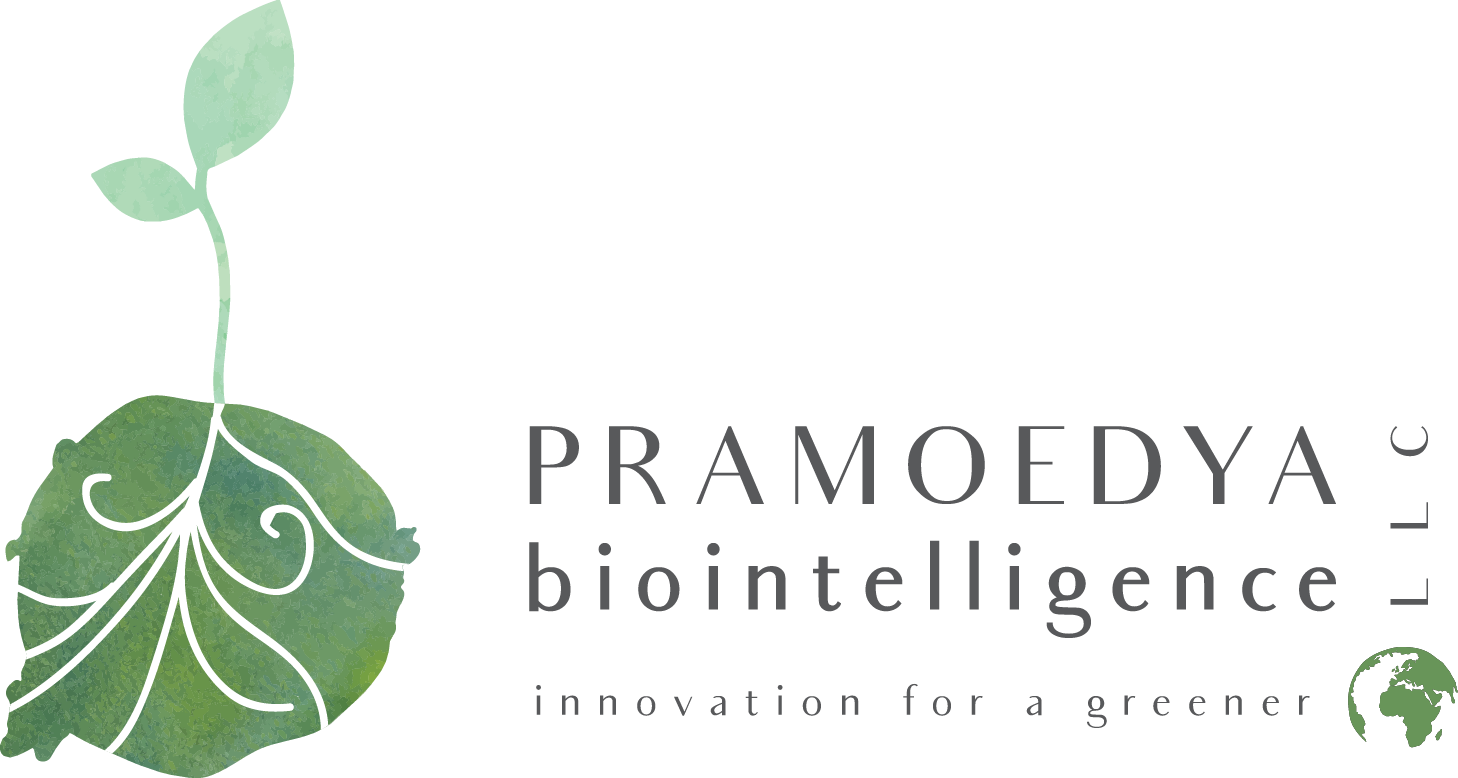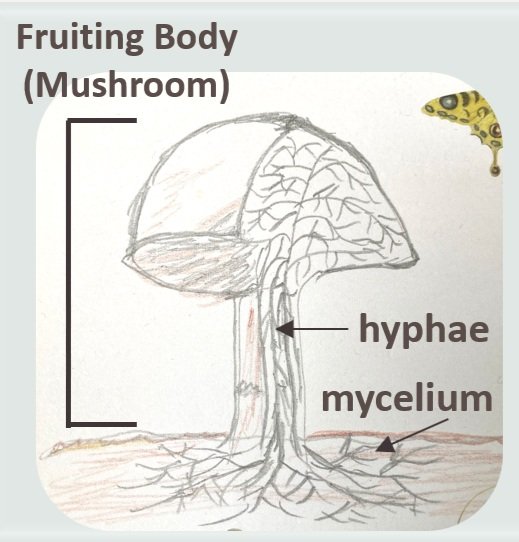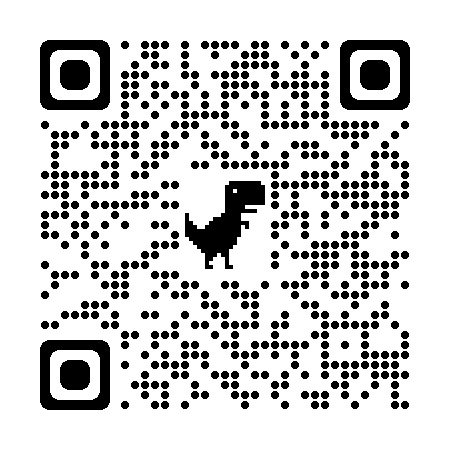Mycelium and Alternative Proteins
Competitive and patent landscape assessment
Insights for better business decisions
Trends in The Alternative Protein Space
What is Mycelium?
Mycelium is the vegetative part of fungi that usually resides under the surface
This is in contrast to mushroom, the fruiting body (the above-the-surface structure) of fungi. Fungi consisting of mycelium are found on soils and other substrates (e.g. wood), and have essential ecological functions, including decomposing organic matters.
Mycelium (plural: mycelia) refers to the amazing root-like structure of fungi that contains branched hyphae
Mycelium (plural: mycelia) refers to the amazing root-like structure of fungi that contains branched hyphae. Fungi consisting of mycelium are found on soils and other substrates (e.g. wood).
Within the past few years, there is a significant increase in commercial endeavors to create diverse food products using fungal- and mycelium-derived proteins. Quorn, who coined the term mycoprotein, is one of the earliest players within this space.
Mycelium Patent Case Studies
Mycelium is a unique keyword, which we use here to explore patents related to the unique features of fungi.
Here, we provide a brief overview of the mycelium patent dataset, and examples of interesting emerging concepts.
Our questions:
•How does the mycelium patent landscape look like?
•Who are the key players?
•What are the main applications (e.g. food, biomaterials and others)?
•What are the main challenges?
Mycelium Patent Publications Overview
>10000 mycelium-relevant patent families were retrieved in the last 40 years from PatentInspiration.
Mycelium Patent Publications Overview
•A significant fraction (>90%) of the mycelium-relevant patent families were published within the last 10 years, with substantial patent activity increased since 2011.
•Interestingly, from the year 1980 until ~2000, Japan has the highest number of patent family publications, with China gradually taking over the number one position in the mid-2000s.
•A significant fraction (65%, N=>6000) of the patent families are Chinese patent publications.
•This partly reflects the importance of mushrooms and fungi in these countries' food and traditional medicine: many patent publications concern mycelia and fungi in food/nutrition applications.
Key Worldwide Mycelium Patent Players
The key patent players include companies, academic institutions and individuals.
The key mycelium patent players are from diverse industries including food (e.g. Mycotechnology), health and nutrition (Grape King Bio), personal care and biomaterials (Ecovative).
Grape King Bio is a Taiwanese health food producer focusing on mycelia and probiotics products.
FugenBio is a Korean company with products straddling the cosmetic, functional food and medicine worlds.
Key Chinese Mycelium Patent Players
The Chinese mycelium patent dataset consists of ±3000 patent families.
The majority of the key Chinese mycelium patent players are academic institutions.
The key corporate Chinese Mycelium players are Chengdu Sibeijia Technology Co., Harbin Weiping Technology Development Co. and Hunan Zinhui Pharmaceutical Co.
The patent dataset covers diverse scientific topics
with applications in food, nutrition, personal care and medicine. Interestingly, a significant fraction of the patent dataset covers mycelial growth and cultivation.
Text mining analysis reveals diverse technical solutions
Interesting keywords include biomass, protein, flavor, taste, skin, ingredient, culture and growth. The keyword diversity indicates a large range of solutions for diverse challenges within the dataset.
Patent Examples
Mycelium Biomass in Plant-Based Meat
An interesting set of patents describes the use of mycelium biomass to create plant-based meats. Patent WO2021092051A1, by Ecovative, describes a mycelium-based edible product and methods to make such a product that is analogous to a whole-muscle meat product (e.g. bacon). Ecovative launched MyFOREST Foods in 2020, and mycelium-based bacon is its current product focus.
Mycelium Fermentates for Food Flavor Modulation
Another class of patent families describes the use of mycelium fermentate with diverse applications including flavor and taste modulation. Patent WO2022046913A1, by MycoTechnology, describes method to produce myceliated cacao product (with fungus Hericium erinaceus) to help reduce astringency, acidity and bitterness of the product.
Mycelium Growth and Cultivation
A significant fraction of the mycelium patent dataset describes the growth and cultivation of fungal mycelium. This reflects technical challenges presented by growth of fungal mycelium to achieve desired properties and biomass. Patent US2021298249A1, by Mycoworks, describes a mycelium growth bed to produce mycelium or mycelium composite, such as leather-like mycelium. Patent US2019373935A1, by Emergy (now known as Meati Foods), describes a method to grow edible fungal mycelium, including for meat analog applications.
Mycelium-based Biomaterials
Another set of patents focuses on mycelium potential as biomaterials. Patent WO2020186068A1, by Ecovative, describes mycelium biopolymers topical applicators for beauty and health applications that are soft to the touch.
Summary
1. A large number of mycelium patent publications encompassing diverse scientific topics
700 mycelium patent families were retrieved for the last 5 years, of which ~400 are relevant to food and nutrition applications. The patent topics include the cultivation or growth method of mycelia, and their applications in food, nutrition, biomaterials, personal care and medicine.
2. A significant fraction of the patent dataset concerns mycelial growth and cultivation methods
This observation reflects how difficult it is to grow mycelium to achieve desired properties for diverse applications (e.g. for mycelium composite (US2021298249A1 by Mycoworks) and for meat analog (US2019373935A1, by Emergy (now known as Meati Foods). Encouragingly, advance in genomics and our knowledge of microbes in the recent decade has greatly facilitated progress in the applications of this amazing organism.
3. Additional interesting mycelium concepts within the dataset:
mycelium biomass for meat analogs (e.g. bacon, WO2021092051A1, by MyFOREST Foods)
mycelium biomass for biomaterials (e.g. mycelium-based polymers for personal care applications, WO2020186068A1, by Ecovative)
mycelium fermentates to modulate flavor and taste (e.g. to mitigate bitterness and astringency, WO2022046913A1, by MycoTechnology)
How could we help you?
Here, we provide a very high-level snapshot of the mycelium patent landscape.
There are many good questions for deeper analyses in this exciting and challenging field:
Company profile creation for benchmarking analysis
Segmentation of the dataset by variables (e.g. patent topics) for insights generation or innovation white space identification
Cross-industry learning: The fungi kingdom is very diverse, and mycelium has broad applications. Understanding the challenges and solutions of mycelium in another field (e.g. cultivation conditions in biomaterials) could be useful in one’s field (in food applications).
This is distinct from an actual consulting assignment/report, where we dive deeper into specific deliverables to extract actionable insights. An assignment is usually a multi-faceted competitive intelligence exercise, where insights from patent landscape study represent only a slice of the information pie.
Last Update: December 12, 2022


















